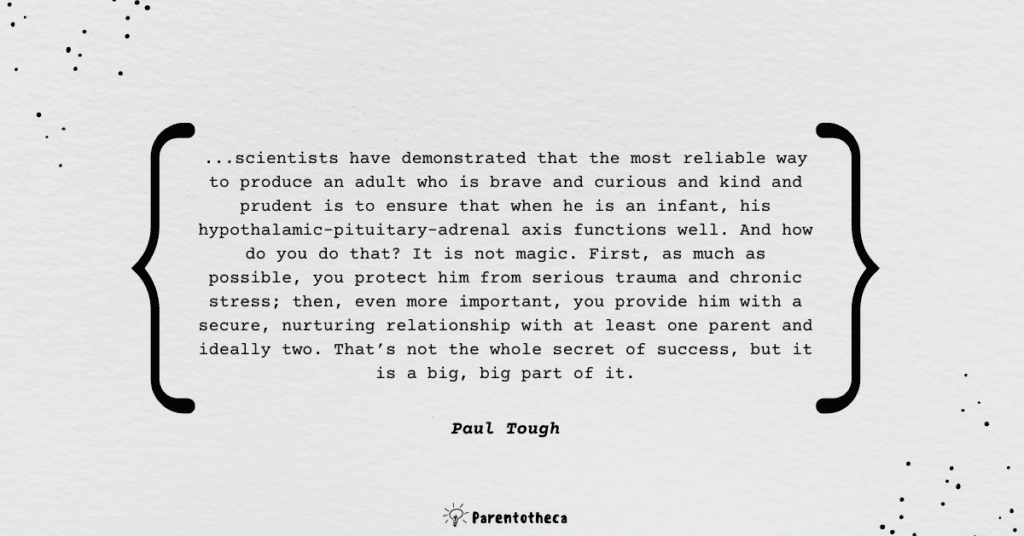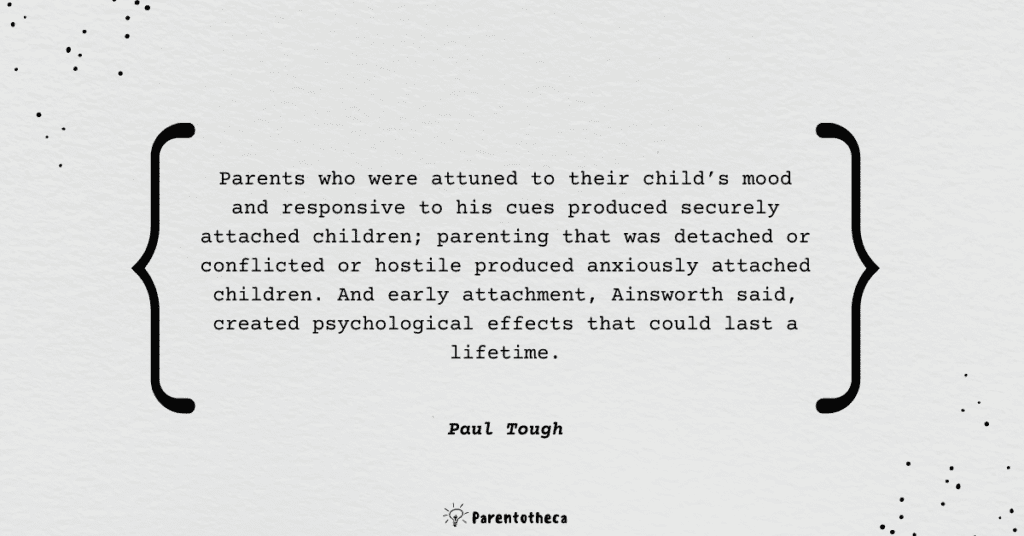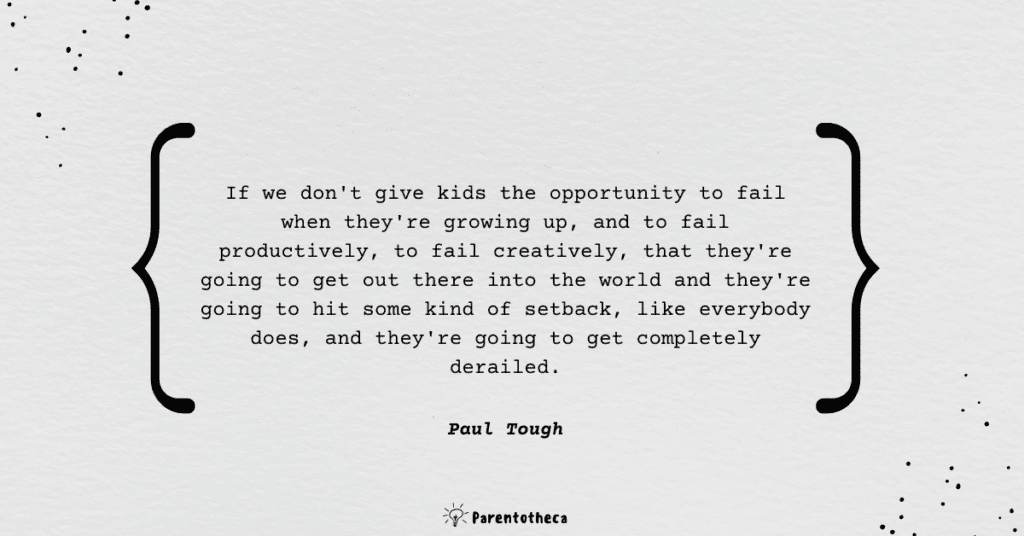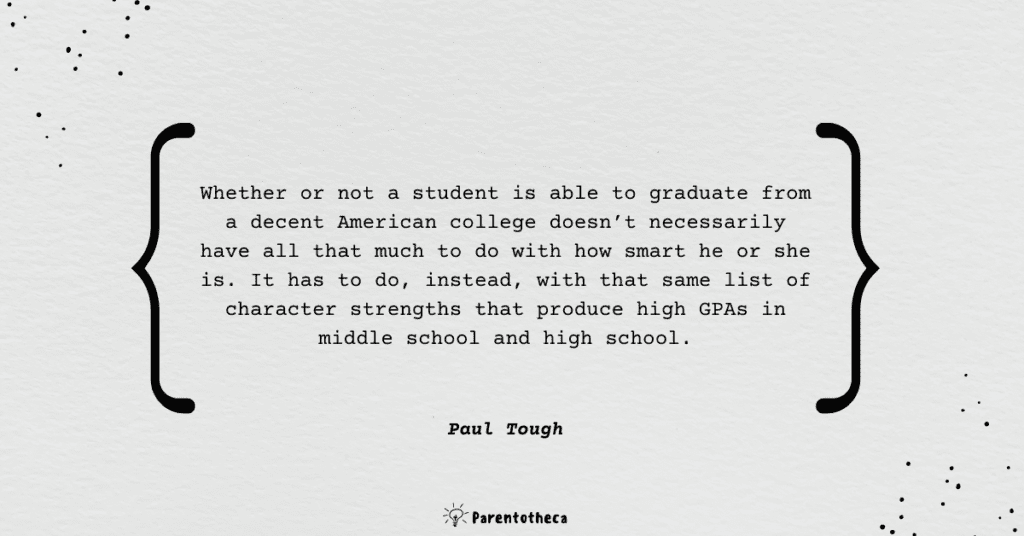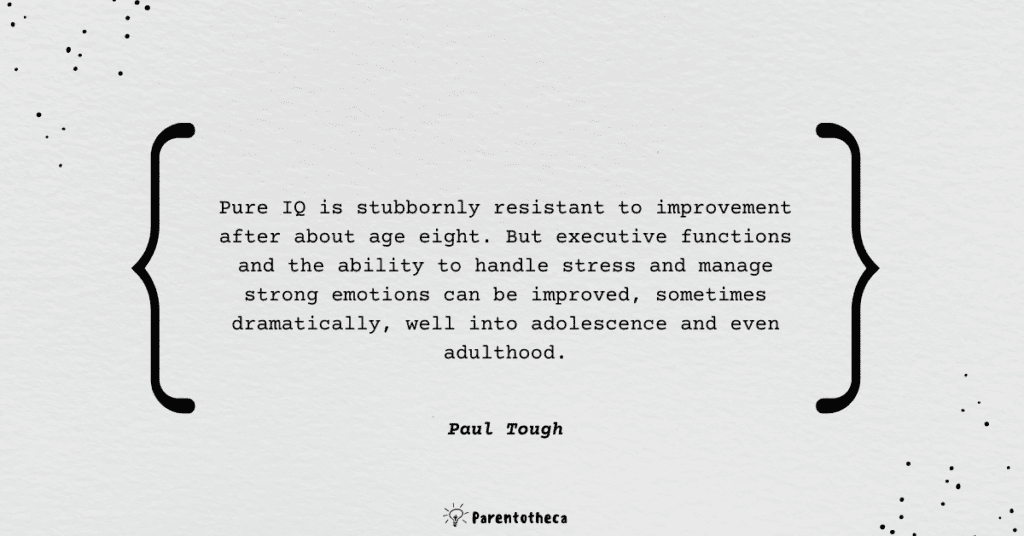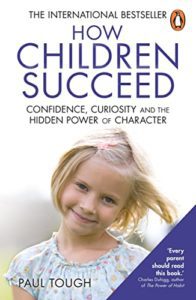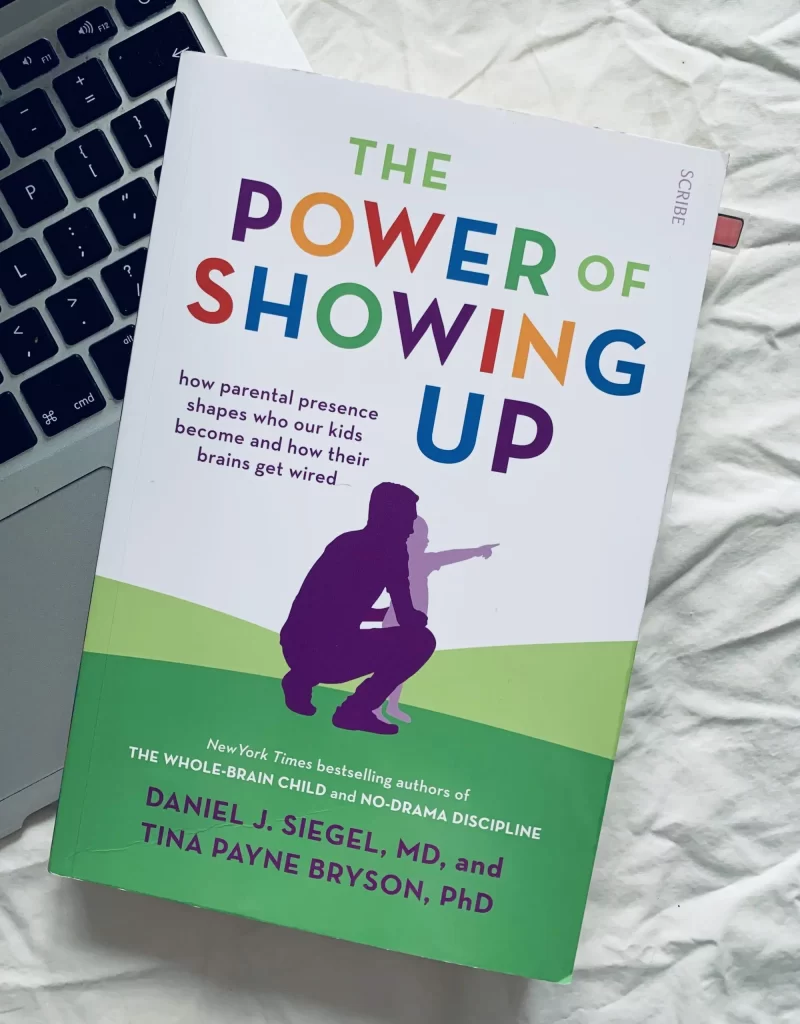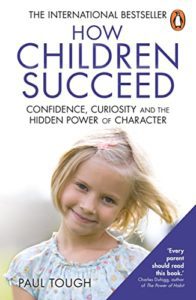 How Children Succeed. Book Summary.
How Children Succeed. Book Summary.
Grit, Curiosity, and the Hidden Power of Character
Paul Tough
Cornerstone Digital (25 Jan. 2013)
About the author
Paul Tough is a contributing writer to the New York Times Magazine; his writing has also appeared in the New Yorker, the Atlantic, and GQ and on the op-ed page of the New York Times. He wrote several books, including “How Children Succeed: Grit, Curiosity, and the Hidden Power of Character,” which was translated into 27 languages and spent more than a year on the New York Times hardcover and paperback best-seller lists. He is a speaker on topics including education, parenting, equity, and student success. He has worked as an editor at the New York Times Magazine and Harper’s Magazine and as a reporter and producer for “This American Life.” He was the founding editor of Open Letters, an online magazine.
About the book:
“How do our experiences in childhood make us the adults we become? It is one of the great human questions, the theme of countless novels, biographies, and memoirs; the subject of several centuries’ worth of philosophical and psychological treatises. This process — the experience of growing up — can appear at times to be predictable, even mechanical, and at other times to be arbitrary and capricious; we’ve all encountered grown men and women who seem trapped in a destiny preordained by their childhoods, and we’ve all met people who seem to have almost miraculously transcended harsh beginnings.
Until recently, though, there has never been a serious attempt to use the tools of science to peel back the mysteries of childhood, to trace, through experiment and analysis, how the experiences of our early years connect to outcomes in adulthood. That is changing, with the efforts of this new generation of researchers. The premise behind the work is simple, if radical: We haven’t managed to solve these problems because we’ve been looking for solutions in the wrong places. If we want to improve the odds for children in general, and for poor children in particular, we need to approach childhood anew, to start over with some fundamental questions about how parents affect their children; how human skills develop; how character is formed.
At its core, this book is about an ambitious and far-reaching campaign to solve some of the most pervasive mysteries of life: Who succeeds and who fails? Why do some children thrive while others lose their way? And what can any of us do to steer an individual child — or a whole generation of children — away from failure and toward success?”
In this book, the New York Times journalist Paul Tough investigates one of the most interesting questions: how do children succeed? We read this book with great interest, as this is exactly the topic we’ve been interested in for ages. And guess what? This book is a great summary of our very own discoveries ☺
If you are a parent or an educator, who believes that academic knowledge and IQ are not the only contributors to success in life, this book is for you. Drawing on the cutting-edge research and success stories of schools that helped disadvantaged children succeed, Paul Tough shows how we can help every child build character strengths to flourish in life.
The book is packed with science-based ideas and is a must-read for every parent who cares about their child’s future.
Let’s go through our favourite big ideas from the book.
Key insights:
Adverse childhood experiences have a lasting impact
A vast body of research confirms that one of the most significant factors influencing our well-being is whether and to what extent we had the traumatic experiences in childhood (e.g. abuse, emotional neglect, death of a parent or familial separation).
In the book, Paul shares a series of studies conducted by Vincent Felitti and Robert Anda. They used a questionnaire to measure the effects of adverse childhood experiences on various adult outcomes. What they found is that the higher the ACE score was, the worse the outcome on almost every measure, from addictive behaviour to chronic disease:
“Compared to people with no history of ACEs, people with ACE scores of 4 or higher were twice as likely to smoke, seven times more likely to be alcoholics, and seven times more likely to have had sex before age fifteen. They were twice as likely to have been diagnosed with cancer, twice as likely to have heart disease, twice as likely to have liver disease, four times as likely to suffer from emphysema or chronic bronchitis.”
Another study also showed that adults with high ACE score were more likely to have learning and behavioural problems. In short, childhood trauma has a profound impact on executive functions. And here is the main explanation:
“Stress physiologists have found a biological explanation for this phenomenon as well. The part of the brain most affected by early stress is the prefrontal cortex, which is critical in self-regulatory activities of all kinds, both emotional and cognitive. As a result, children who grow up in stressful environments generally find it harder to concentrate, harder to sit still, harder to rebound from disappointments, and harder to follow directions.”
P.S.: Check out this TED talk by Nadine Burke Harris where she talks about the effects of childhood trauma – I think this is something what everyone should watch.
That brings us to the next point.
Stress is one of the main enemies of a thriving child
“Overloading the HPA axis, especially in infancy and childhood, produces all kinds of serious and long-lasting negative effects — physical, psychological, and neurological. The tricky thing about this process, though, is that it’s not actually the stress itself that messes us up. It is the body’s reaction to the stress.”
Based on years of research, scientists have concluded that stress is the key channel through which early adversity causes damage to developing bodies and brains. Why?
To regulate stress, our bodies use a system called the HPA axis. HPA stands for “hypothalamic-pituitary- adrenal” structures, and each of them releases certain hormones into our bloodstream when we encounter stressful events that result in different stress reactions. The evolution sculpted these stress reactions (e.g. rapid heart rate, clammy skin, dry mouth) to manage short-term stress so we could survive in the wild. However, these reactions are not helpful in modern life full of long-term stressors.
The problem is that the HPA axis is not very good at distinguishing between different types of threats, so it starts activating every defence, all at once, in response to any threat. When children and young people face prolonged stress, it becomes toxic and literally wears down their stress system, damaging both the body and mind in the long run.
Chronic stress not only causes serious health issues but also wears down the prefrontal cortex, which is critical in self-regulatory activities, both emotional and cognitive. In a nutshell, chronic stress has a profound negative effect on executive functions.
Guess what happens to a child under stress with low self-regulation? He is more likely to have learning and behavioural problems (including high-risk and adverse behaviour).
Key idea – if we can eliminate or at least reduce the amount of toxic stress for children and help them build resilience and executive skills, they’ll have more chances to succeed.
Btw, if you need some practical tips on how to reduce stress in children and help them build resilience, we strongly recommend you to read The Thriving Child (check out our notes) by Dr William Stixrud and Ned Johnson and Help Your Child Deal With Stress – and Thrive (check out our notes) by Stuart Shanker.
In a nutshell, one of the best ways to help children develop stress resilience and self-regulation skills is good parenting. This brings us to the next big idea.
Good parenting is an antidote to stress
“It turns out that there is a particularly effective antidote to the ill effects of early stress, and it comes not from pharmaceutical companies or early-childhood educators but from parents. Parents and other caregivers who are able to form close, nurturing relationships with their children can foster resilience in them that protects them from many of the worst effects of a harsh early environment. This message can sound a bit warm and fuzzy, but it is rooted in cold, hard science. The effect of good parenting is not just emotional or psychological, the neuroscientists say; it is biochemical.”
Whatever happens in life, if a child has an attentive and nurturing parent (or a caregiver) next to him, he will be immune to stress. Literally. Good parenting is even capable of changing kids’ genetic makeup to make them anti-fragile in adulthood.
To demonstrate this point, Paul cites Michael Meaney’s fascinating LG (“licking and grooming”) research on baby rats and their mothers. He discovered that pups of a high licking and grooming rearing mothers were better at mazes, they were more social, had more self-control, were healthier and generally lived longer. He also made a fascinating discovery:
“Licking and grooming a rat pup in its earliest days of life affects the way certain chemicals are affixed to certain sequences on the pup’s DNA, a process known as methylation. Using gene-sequencing technology, Meaney’s team was able to establish which part of a pup’s genome got “switched on” by licking and grooming, and it turned out to be the precise segment that controlled they way the rat’s hippocampus would process stress hormones in adulthood.”
Btw, here you can watch Meaney’s colleague Dr Moshe Szyf talking about these experiments from the epigenetic perspective:
Paul also shares findings from other studies confirming the powerful effects of attuned and attentive parenting on human beings. In a nutshell, attachment parenting really works – aim at providing a secure and nurturing environment for your child, be attuned to his mood and be responsive to his cues. Just be present. And your child will flourish ☺ Check out our notes on The Whole-Brain Child and Calm Parents, Happy Kids to get some practical tips on being a great parent.
P.S.: That also resonates with findings from the longest-running study of human development – British cohort studies – summarised by Helen Pearson in The Life Project:
“Children living in persistent poverty were falling behind those who were better off from an early age, but good parenting appeared to offset the disadvantage to some extent.”
Cognitive skills + Character = Success
What contributes to children’s success? Well, there is a belief that if you are smart enough, you’ll be set in life. Therefore parents invest a lot of time and effort in developing a child’s IQ and cognitive skills. And this is what most conventional schools do as well.
Of course, there is plenty of scientific evidence that cognitive abilities (cognitive flexibility and cognitive self-control) and early cognitive stimulation are important for success in school and life.
But it also appears that particular non-cognitive skills like optimism, self-control, conscientiousness, curiosity and perseverance – our character – significantly contribute to our success.
In the book, Paul refers to Martin Seligman’s work on learned optimism and character strengths, Carol Dweck’s research on growth mindset, Walter Mischel’s marshmallow experiments and Angela Duckworth’s research on grit. We definitely recommend reading the book as it perfectly summarises the main findings ☺ For more, check out our notes on The Optimistic Child, Mindset, & Grit.
This also resonates with Goleman’s idea in Emotional Intelligence:
“What can we change that will help our children fare better in life? What factors are at play, for example, when people of high IQ flounder and those of modest IQ do surprisingly well? I would argue that the difference quite often lies in the abilities called here emotional intelligence, which include self-control, zeal and persistence, and the ability to motivate oneself. And these skills, as we shall see, can be taught to children, giving them a better chance to use whatever intellectual potential the genetic lottery may have given.”
So whatever you call it – Emotional Intelligence, Character, Soft Skills, Executive Skills – these are the skills (or even habits) that are super important for success in life, sometimes even more crucial than high IQ.
Seven skills for success
When Angela Duckworth and her colleagues David Levin and Dominic Randolph tried to figure out which character strengths mattered the most for children to succeed in school, they used Seligman’s and Peterson’s 24 character strengths as a starting point. After careful review, they narrowed the list down to seven strengths that according to research especially likely to predict life satisfaction and high achievement:
Grit
Self-control
Zest
Social Intelligence
Gratitude
Optimism
Curiosity
Yep. If you help your child develop these character strengths, he’ll be more likely to succeed. These are the skills that are not only helpful to getting good grades and graduating from a university. These are skills for life.
In the book, Paul brings up the success story of KIPP school. Together with psychologists (with Angela Duckworth leading the way), they decided to teach children these character strengths to improve the graduation rate. Key strategies they used:
- helped kids build good habits based which were, in essence, the seven character strengths (using Gabriel Oettingen’s research on implementation intentions),
- they communicated clearly to the kids the main mission: to graduate from college. Working on their character strengths was then presented as a part of the plan to accomplish this goal (in fact, kids were reminded constantly WHY they have to pay attention to their character).
- used the power of identity and created the whole culture around the virtues (more on this below),
- showed students their “character point average” next to their GPA so that they could track their progress on the seven character strengths.
I guess these tips can give you a rough idea of what can you do at home. Maybe you can try:
- incorporate these seven character strengths in your family mission statement and family values list (check out our notes on The Secrets of Happy Families, where Bruce Feiler talks about it),
- become a curiosity coach to your children,
- share with each other “3 things you are grateful for today” before sleep,
- practice the “Hard Thing Rule” at home,
- teach your kids the WOOP technique to help them build self-control and good habits.
Obviously, everything depends on your child’s age, but you can always start with yourself and set a good example. Always a win-win strategy ☺
The power of identity
“When it comes to ambition,” Rowson wrote, “it is crucial to distinguish between ‘wanting’ something and ‘choosing’ it.” Decide that you want to become world champion, Rowson explained, and you will inevitably fail to put in the necessary hard work. You will not only not become world champion but also have the unpleasant experience of falling short of a desired goal, with all the attendant disappointment and regret. If, however, you choose to become world champion (as Kasparov did at a young age), then you will “reveal your choice through your behavior and your determination. Every action says, ‘This is who I am.'”
Angela Duckworth believes that KIPP was so effective because of their approach to group identity. For example, students wore sweatshirts with slogans like “Infinite character”, and there were posters in the classrooms and hallways encouraging self-control and zest (e.g. “Got self-control?”, “I actively participate!”).
Our mindset is super powerful, same as our character. So if we want our children to change their behaviour, we should always start with helping them to change their identities.
That reminds me of James Clear and his three layers of behaviour change. In Atomic Habits (check out our notes), he says that before we even start thinking about what we want to achieve and how we are going to do it, we need to have a clear vision of WHOM we wish to become. Once you know WHO you want to be, you can start building a system of tiny habits to BECOME that person:
“The more you repeat a behavior, the more you reinforce the identity associated with that behavior. In fact, the word identity was originally derived from the Latin word essentitas, which means being, and identidem, which means repeatedly. Your identity is literally your “repeated beingness.'”
P.S.: also, check out our article on 10 powerful growth mindset mantras you can teach your child (with posters!) for ideas.
Learn from mistakes
“Like students at KIPP, IS 318 students were being challenged to look deeply at their own mistakes, examine why they had made them, and think hard about what they might have done differently. And whether you call that approach cognitive therapy or just plain good teaching, it seemed remarkably effective in producing change in middle-school students.”
Everyone makes mistakes. And it’s ok. The whole point is to approach them with the right mindset ☺
If we approach our failures with a growth mindset, we come to realize that these mistakes are precious, and we can learn so much from them. The information we get on what doesn’t work is priceless.
Always encourage your child to reflect on the mistakes and think about what he could do better. Learning from mistakes is a super powerful tool to improve.
Schools can help to tackle the poverty problem
“…academic grades and achievement-test results are very good predictors of all kinds of outcomes in life: not just how far you’ll go in school and how much you’ll earn when you get out, but also whether you’ll commit crimes, whether you’ll take drugs, whether you’ll get married, and whether you’ll get divorced. What The Bell Curve showed was that kids who do well in school tend to do well in life, whether or not they come from poverty. Which led to an intriguing idea, one that appealed to social reformers all along the political spectrum: if we can help poor children improve their academic skills and academic outcomes, they can escape the cycle of poverty by virtue of their own abilities and without additional handouts or set-asides.”
That is a very big idea. School profoundly impacts children, as they spend most of their childhood there. And if schools can equip disadvantaged children with the necessary skills, they can become valuable members of society.
And it made me think about the takeaways from the British cohort studies on disadvantaged children who succeeded in life. In The Life Project (check out our notes), Helen Pearson writes that these kids shared 4 things in common:
- “First, typical achievers had parents who were interested in their child’s education and who had aspirations for their child’s future.”
- “As well as ambitious parents, the achievers were likely to have had an ambitious school behind them”
- “A typical achiever was also less likely to have difficulties at home, such as a sick parent, an unemployed father or separated parents”
- “A typical achiever was more likely to want to complete their schoolwork and continue in education – and they were often determined to escape into better circumstances than they had experienced as a child.”
So, another case for teaching children emotional intelligence and character strengths at school.
Action steps for you:
- Reflect on your child’s behaviour recently – are there any signs of stress? Reflect on the stressors and think about how you can help your child deal with them. You can use Shanker’s 5 steps of self-reg framework from his great book Help Your Child Deal With Stress – And Thrive (check out our notes).
- Focus on building a nurturing relationship with your child. Practice being an attuned and attentive parent.
- Work on building your family culture around the seven character strengths: grit, self-control, zest, social intelligence, gratitude, optimism, and curiosity.
Quotes from the book:
